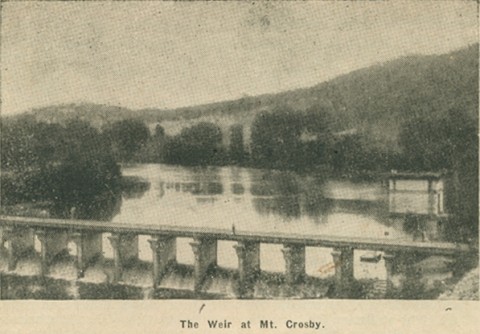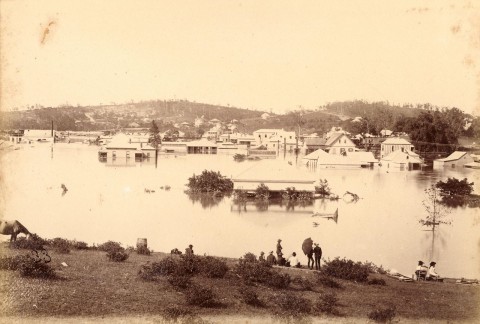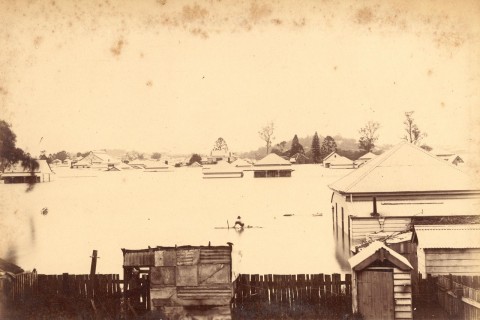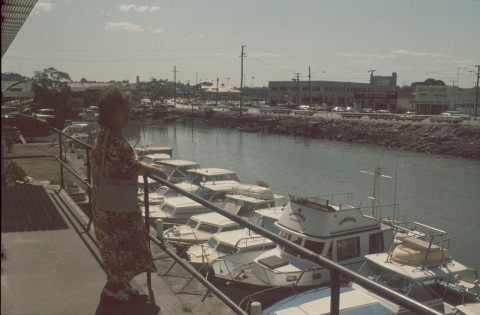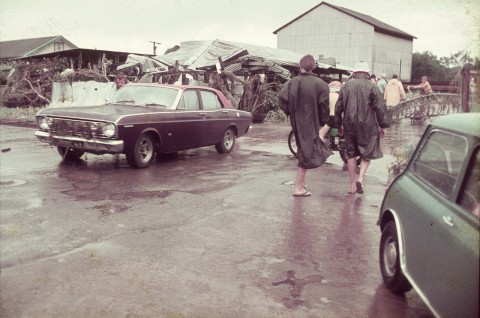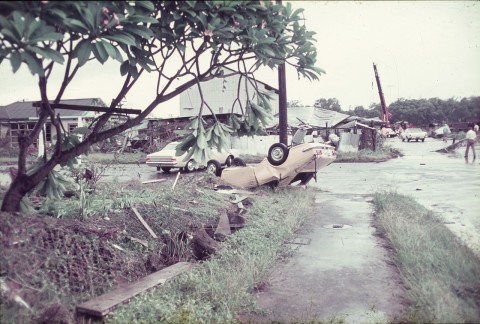Breakfast Creek, a locality in the suburb of Albion, is 4 km north-east of central Brisbane. It is situated on the north side of a waterway where it joins the Brisbane River, and the waterway is known as Breakfast Creek for about 1.5 km upstream to the railway bridge crossing. Thereupon it is Enoggera Creek, which has its headwaters at The Gap and the Enoggera military camp. The creek is joined at Red Hill by Ithaca Creek which rises at Mount Coot-tha.
Breakfast Creek was named by the Lieutenant John Oxley, in 1824, apparently after an affray with local Aborigines after breakfasting at a camp there. The year before, Oxley had proposed that Breakfast Creek would be a suitable place for a settlement, not the site later chosen at North Quay (Brisbane).
During the convict period at Moreton Bay a depot for women convicts was established at Eagle Farm, and the track to the depot crossed Breakfast Creek at a bridge (1836) near the creek's mouth. The Breakfast Creek flats were useful farmland, and beyond there a German mission station (1888) was positioned on the Sandgate Road at Nundah. Flooding demolished at least two bridges but a permanent structure was built in 1858. In addition to farms in the district there were a quarry and a pottery works. The Breakfast Creek tavern (later Hotel) was licensed in 1864. A horse bus between Brisbane town and the bridge began in 1865 and a post office opened the following year.
When horse tram services began in Brisbane in 1885, Breakfast Creek was one of the first few places to be serviced. Electrified services beyond the bridge to Clayfield and Ascot began in 1899.
The Breakfast Creek sports ground was inaugurated in 1889, but after a few years it was changed to the Albion Park racecourse and after then a harness-racing track. In 1893 the river flats – suburbanised and industrialised for two decades – were flooded upstream to Ithaca Creek. The danger from flooding, however, was not acknowledged in the Australian handbook when the following description was published in 1903:
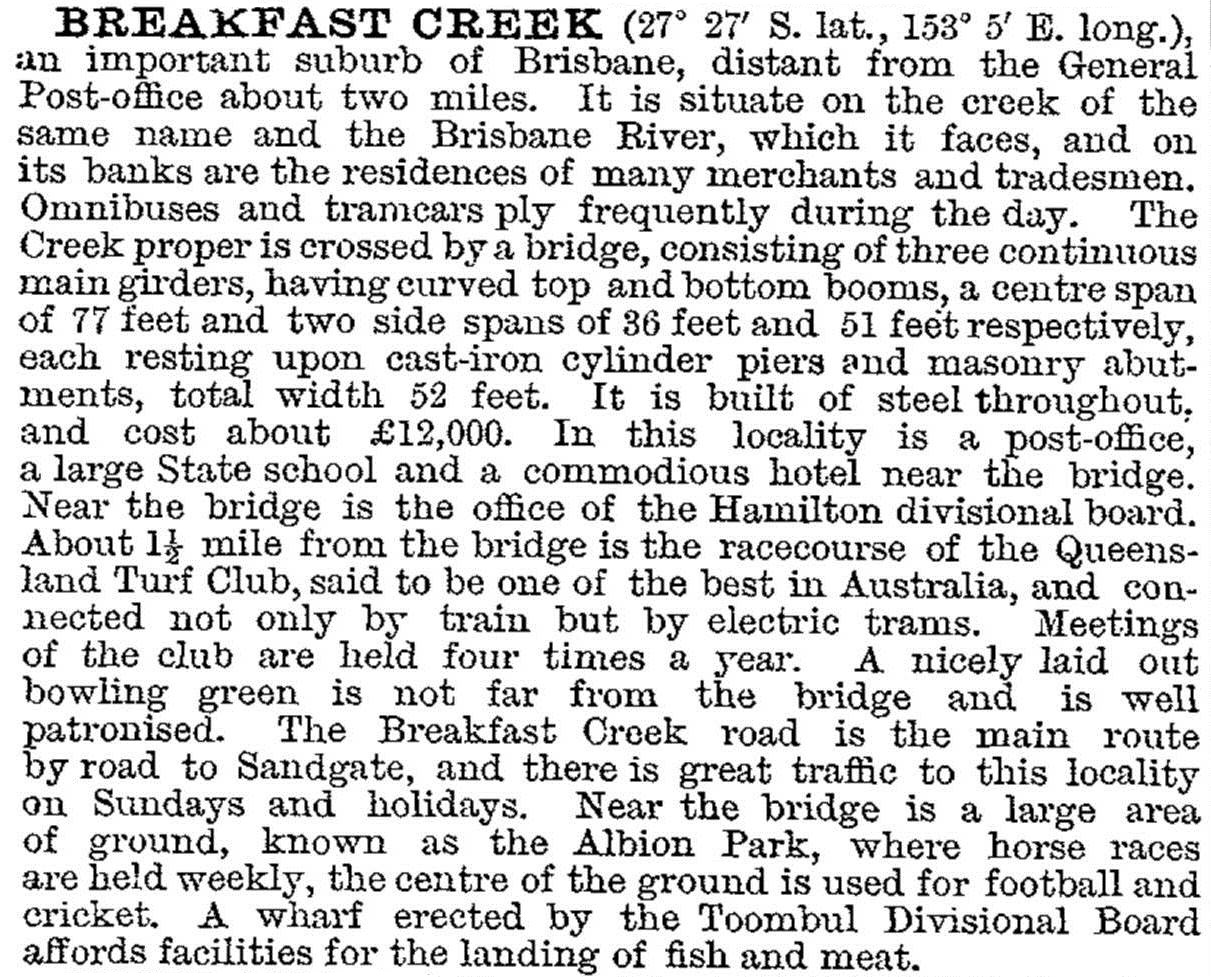
Work was put in hand in 1912, however, to build retaining walls along the creek, and in 1936 the course was straightened to help discharge flood waters. The walls were of some help in the 1974 floods, but not in the locality of Breakfast Creek.
Motorists using Kingsford Smith Drive pass the best known landmark, the heritage-listed Breakfast Creek Hotel. Less well seen is the Holy Triad Temple (1884) at the corner of Higgs and Park Streets. Re-opened in 1966, it is one of Queensland's few remaining Chinese temples and is on the Australian heritage register.
Floods 2011
In January 2011 the Albion Park Raceway and the Breakfast Creek Hotel went under the combined forces of the creek and the Brisbane River. In reaching the raceway, the creek also flooded all the built-up area in its path, along with the sports fields north of the raceway.
Breakfast Creek's census population in 1911 was 238 and no later year was recorded.
Booroodabin: a sesquicentenary history of Breakfast Creek, Bowen Hills, Newstead and Teneriffe, 1823-2009, Bowen Hills, Qld Women's Historical Assoc. Inc, 2009
Albion entry
